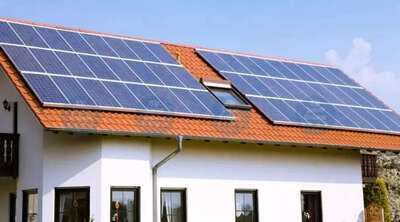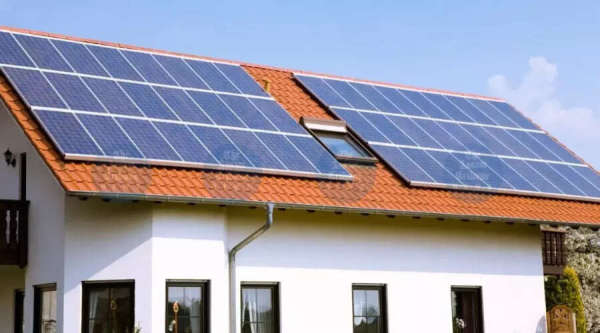
 Current Status of Rooftop Solar Energy in Assam
Current Status of Rooftop Solar Energy in Assam
Guwahati, June 22: Assam possesses an impressive potential of 13,428 MW for rooftop solar energy generation, yet it is currently harnessing only 60 MW, according to officials.
Efforts are being made to change this scenario, with the state's Integrated Clean Energy Policy (ICEP) aiming for a significant increase to 1,900 MW of rooftop solar power by 2030, a substantial rise from the previous target of 300 MW set in the Assam Renewable Energy Policy (AREP) of 2022.
Hirdesh Mishra, the Chief Executive Officer of the Assam Climate Change Management Society (ACCMS), emphasized that Assam is at a crucial juncture in its energy and climate change journey. While the reliance on fossil fuels is not expected to diminish immediately, there is a strong commitment to transition towards renewable energy sources.
As one of India's most climate-vulnerable states, Assam urgently needs to shift to clean and reliable energy sources. Mishra noted that financial accessibility remains a significant barrier, but as the costs of rooftop solar decrease, its adoption is likely to increase.
The technical potential for rooftop solar ranges from 7,321 MW in a conservative estimate to 13,428 MW in a more optimistic scenario.
Under the ICEP, rooftop solar has been categorized into three segments: government, commercial and industrial (C&I), and residential, with the Assam Power Distribution Corporation Limited (APDCL) overseeing all segments.
Baishali Talukdar, Deputy Manager of New and Renewable Energy at APDCL, reported that the state has made notable advancements under the PM Surya Ghar Scheme, achieving around 60 MW through 20,000 solar installations.
Talukdar highlighted several challenges, including limited consumer awareness, a shortage of skilled solar vendors, high initial costs despite subsidies, and delays in loan processing for interested consumers.
APDCL is actively tackling these issues through targeted awareness campaigns, streamlined vendor processes, and digital platforms for quicker service.
The International Forum for Environment, Sustainability and Technology (iFOREST) has conducted research on the potential of rooftop solar in Assam, advocating for focused interventions in high-potential areas.
Mandvi Singh, Programme Director at iFOREST, stated that rooftop solar is particularly vital for Assam due to its land-neutral nature, presenting a significant opportunity amidst challenges in large-scale renewable energy deployment.
Utilizing the full potential of rooftop solar could not only power the entire state but also create approximately 180,000 direct jobs. Strategic interventions in policy, finance, and institutional frameworks are essential to realize Assam's rooftop solar potential and establish it as a leader in solar energy.
According to the study, around 95% of the estimated potential is found in residential and mixed-use buildings, with urban areas like Guwahati showing the highest potential, estimated between 625 to 984 MW.
Most solar installations are concentrated within 200 km of Guwahati, while regions like Barak Valley remain underserved. The growth of renewable energy in Assam has been limited compared to western and southern states, primarily due to reliance on thermal power, land constraints, and policy challenges.
Solar insolation levels in Assam vary, with southern districts like Hailakandi, Cachar, and Karimganj receiving the highest, while the northeastern districts of Dhemaji and Tinsukia have the lowest levels.